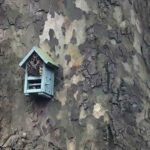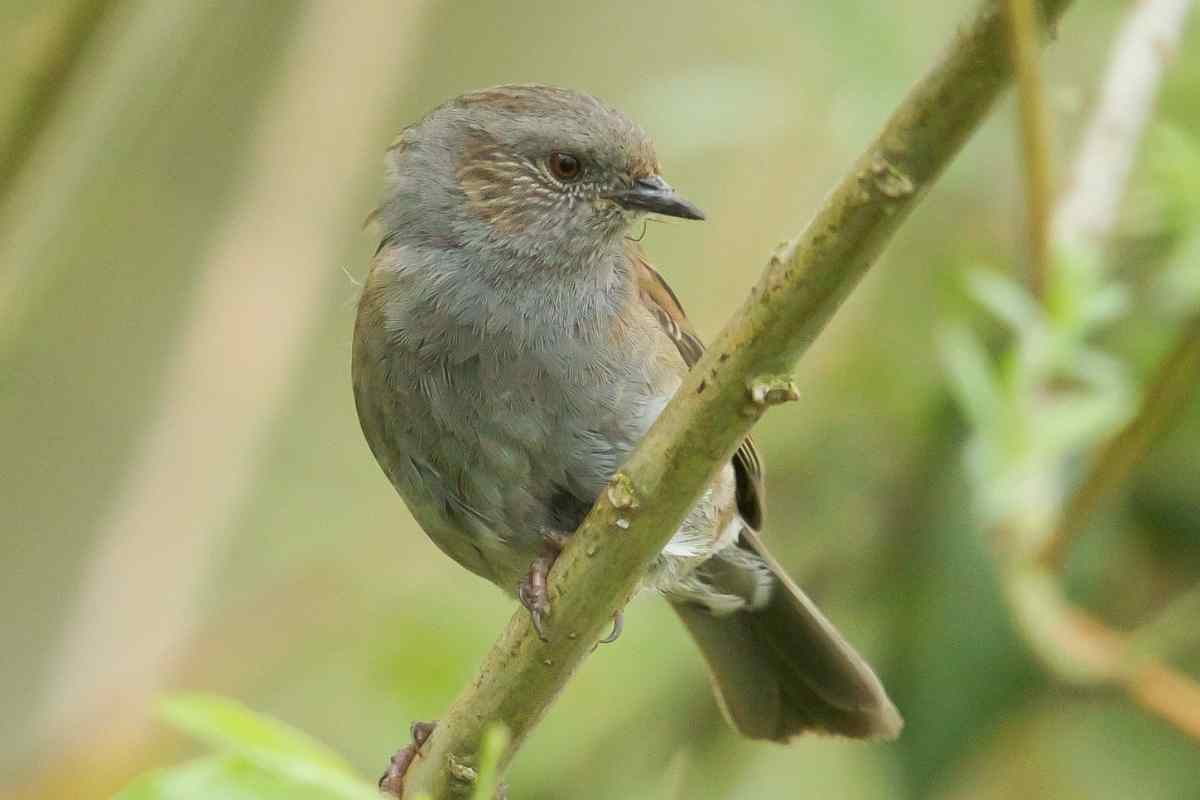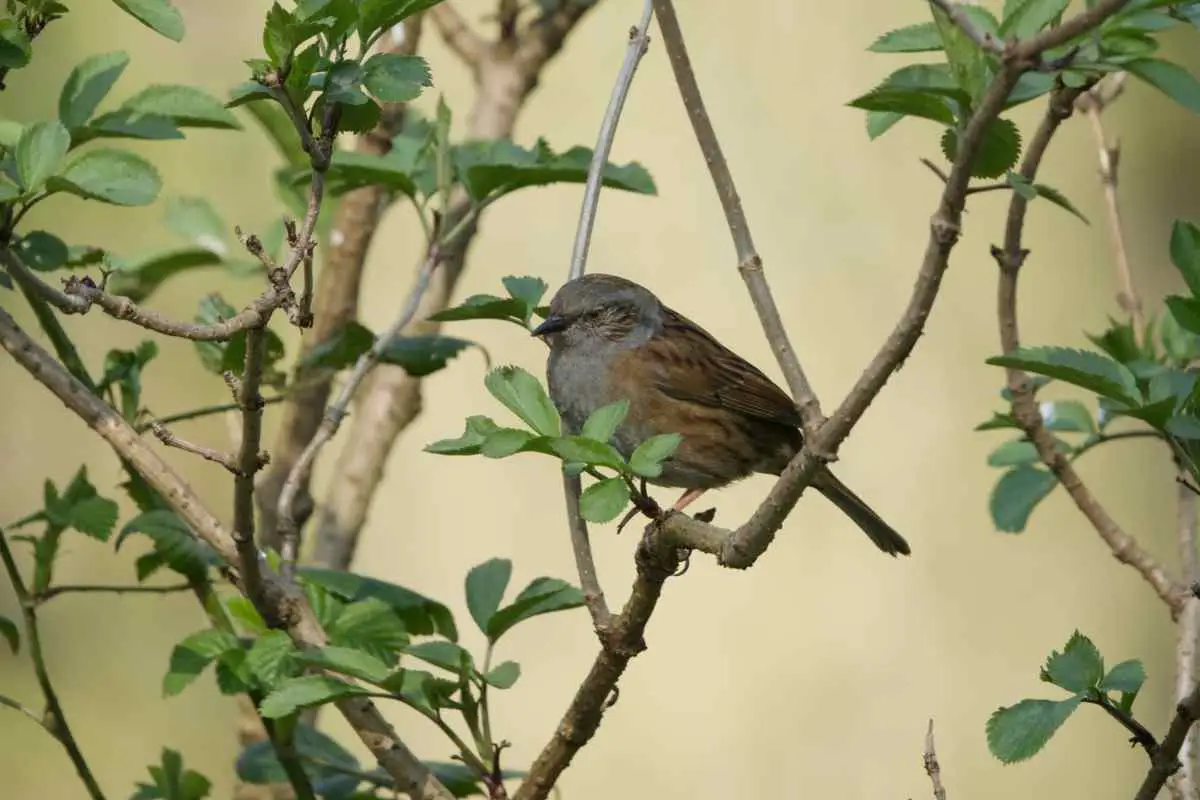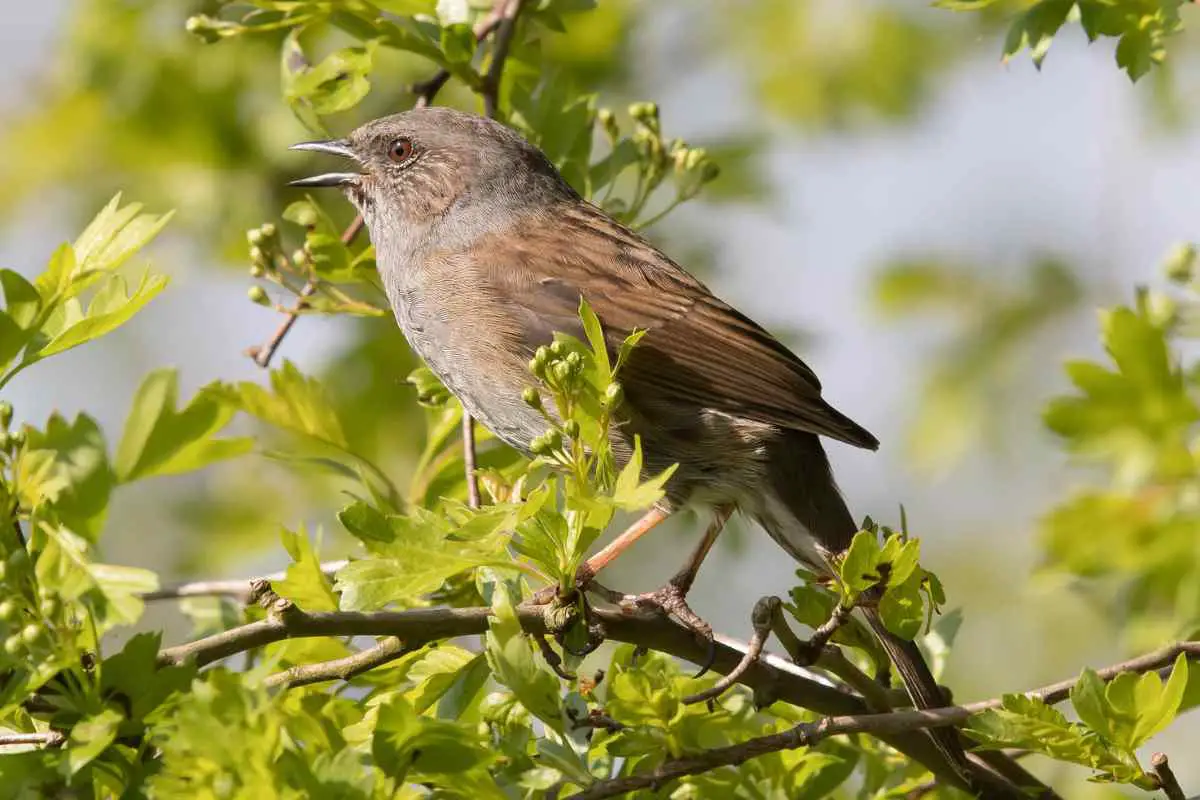Insect homes are beneficial to your gardens in several ways. As long as you’re attracting the right ones, they’ll consume the fungus and mold growth, pollinate your flowers, and eat the insects you don’t want in your garden.
To keep the bad bug population down, you’ll want ladybugs, lacewings, and praying mantis to call your insect house home. They will effectively destroy the mites and aphids that love to devour your favorite plants.
The best part is, so long as you have a healthy population of bugs, you won’t have to lean on pesticides.
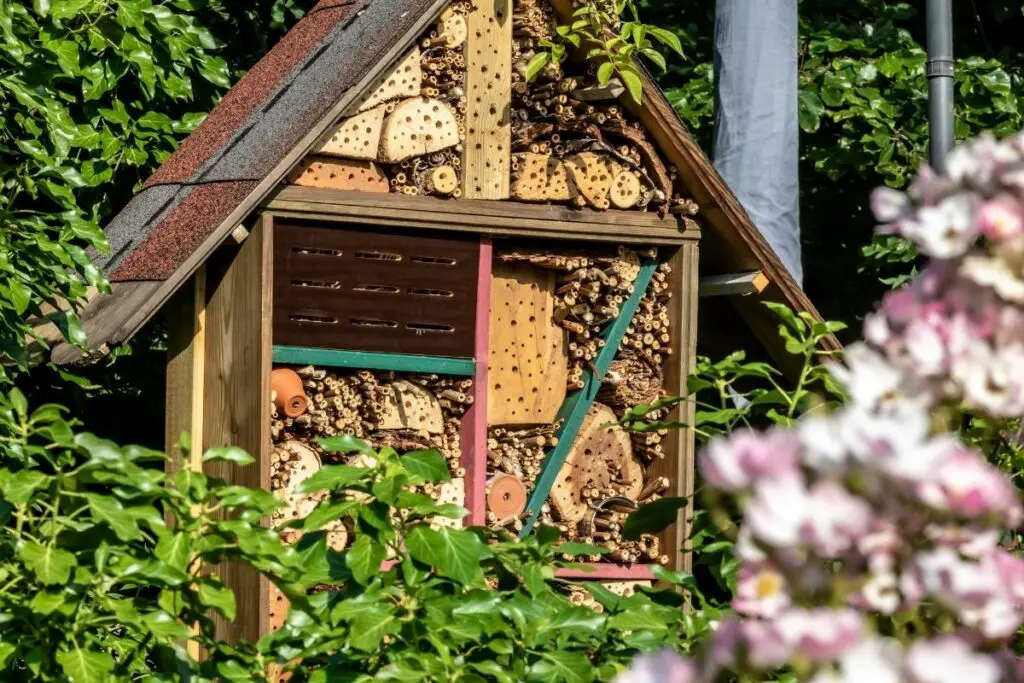
Table of Contents
What Other Benefits Do Insect House Residents Provide?
Besides serving as predators that hunt garden-destroying prey, a healthy host of insect residents will also provide your garden with an army of pollinators, spreading the wealth and beauty of your wildflowers.
Bees, ants, wasps, and even moths make excellent pollinators. Unlike popular opinions concerning a general fear of stinging insects, they’ll mostly leave you alone unless you threaten their home or queen.
Depending on what insects you attract to your insect house, you may even get the added benefit of bugs that eat decaying and rotten matter that could negatively affect your garden.
Spiders, centipedes, and beetles fulfill this job nicely and although they may not be the prettiest insects in the world, they’ll serve your garden’s interests all the same.
If you’re able to purchase or build an adequate insect house, you’ll get some of each category. If you’re lucky, you’ll get them all and your garden will be in very good hands or hundreds of arms anyway.
How To Place Your Insect House?
Pollination comes first and therefore your insect house should be placed as near to the part of your garden that needs pollination as possible. You want to make sure it is installed properly and is in stable condition, with a good roof to keep the bad weather out.
While your insect house will likely attract a host of different insects, the less stable it is, the more you will unwittingly cut out the insects that you need. It’s also important to store your insect house outside somewhere, perhaps within a shed, during the winter.
You’ll most likely have insects that are hibernating within and you don’t want to kill them by removing them from their familiar environment.
Make sure that it’s installed between five and eight feet from the ground. Your insects are more comfortable when they are away from the ground and the grasping claws and teeth of more warm-blooded animals.
Properly installing your insect home will also ensure that your garden-enhancing, insect army will have plenty of protection from birds, who would be more than happy to eat your bugs or feed them to their young that are still in the nest.
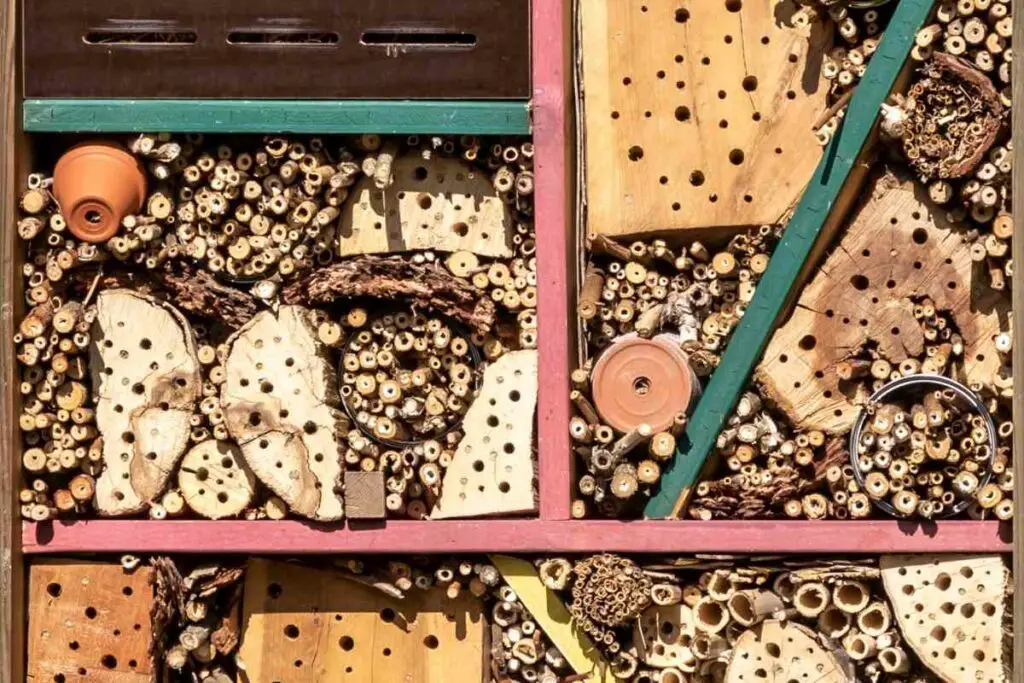
What Are The Best Materials For An Insect Home?
If you’re looking to build your own insect home, You’ll mostly want to put it together with multiple floors of solid, clean, untreated wood. After that, it’s up to you what to fill it with. Insects love rotten wood so you can stuff one shelf with plenty of that.
On another, you can fill it chunks of solid wood, after you’ve drilled several holes in it of varying sizes or all the same size. The great thing is, it just needs drill holes, and it’s up to you how many and how large or how small.
Unless you suffer from trypanophobia, drilling holes shouldn’t be a problem. You can fill some shelves with standard, three-hole bricks and then stuff the holes with dried grass. Other shelves could use piles of twigs and tall grass.
The beauty of building your own insect house is that you can do it however you like, so long as you try to include as much material as you can that will be attractive for the right kinds of insects.
Insects are also like rolled-up cardboards or stacked bamboo sticks. So long as you get a good variety throughout the insect house, you’ll attract a good range of pro-garden insects.
Regardless of however you fill it, you will have to clean some or all of it out during the offseason and rebuild. You’ll want to keep any build-ups of fungus or mold at bay along with removing old material that will attract the wrong kinds of bugs.










